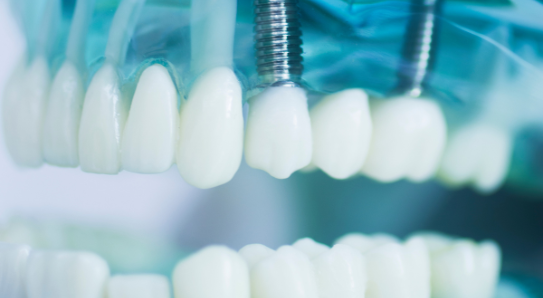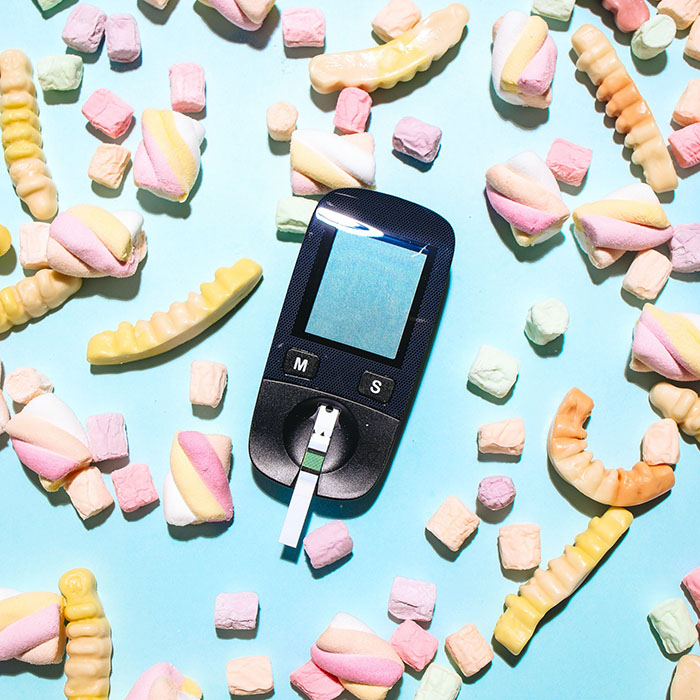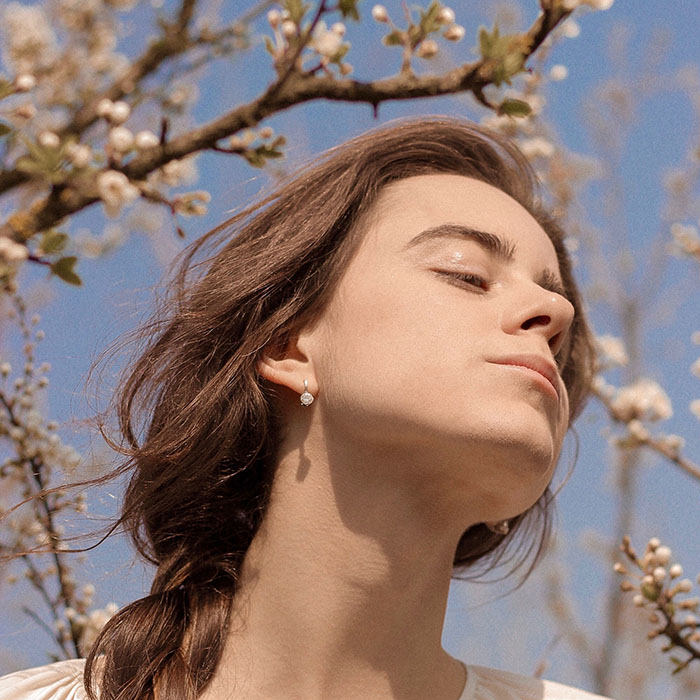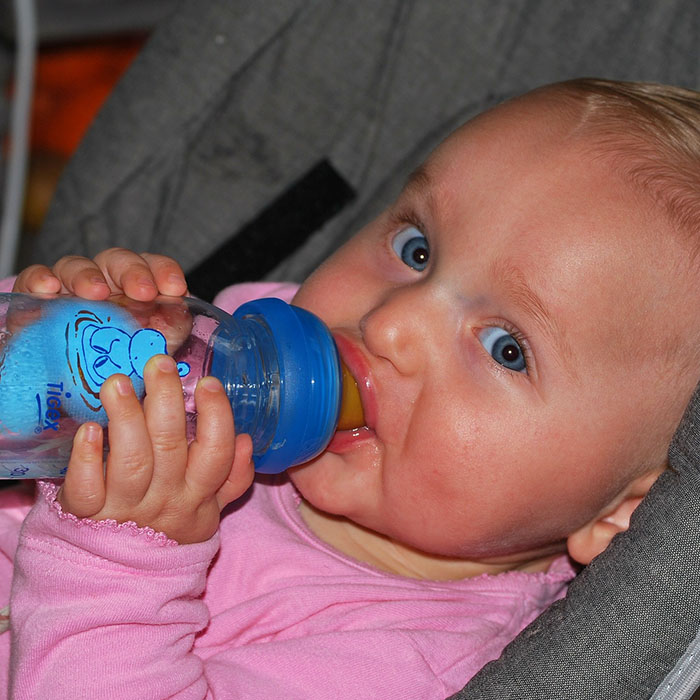
PEOPLE HAVE USED some form of paste to help keep their teeth clean since at least 3000 BC in ancient Egypt. Modern toothpaste first appeared in the 1700s and was usually homemade. A dentist first added soap to dental paste in 1824, and John Harris added chalk in the 1850s. 20 years later, Colgate began mass-producing toothpaste in jars.
A Little More Toothpaste History
In 1920, Dr. Washington Sheffield realized it was pretty unsanitary for a whole family to dip their toothbrushes into the same jar over and over, so he developed the collapsible toothpaste tube, inspired by artists’ paint tubes. After WWII, further improvements included emulsifying agents to replace soap, introducing fluoride, adding stripes, and adding whitening agents. Let’s take a closer look at the common ingredients in modern toothpaste.
Active Ingredient: Fluoride
The toothpaste ingredient we spend most of our time talking about is fluoride since it’s the active ingredient. It helps remineralize tooth enamel and protects against tooth decay. Toothpaste must contain it to receive the American Dental Association’s Seal of Acceptance.
Fluoride in Children’s Toothpaste?
Toothpaste containing fluoride is safe for young children if used in the correct amounts (a smear the size of a grain of rice up to age 3, the size of a pea from ages 3-6) and with parental supervision to make sure they spit it out.
Flavoring and Sweeteners
Flavors are the ingredients that make toothpaste taste good. They include sugar-free sweeteners like saccharin or sorbitol. The ADA won’t give its Seal of Acceptance to any toothpaste containing sugar. Children’s toothpaste is often fruity or candy-flavored, unlike the strong mint flavors we tend to prefer as adults.
Abrasives for Scrubbing
Abrasive ingredients (like calcium carbonate, hydrated aluminum oxides, and dehydrated silica gels) help to scrub away surface stains and food debris. Abrasive ingredients are effective with soft-bristled brushes and gentle brushing, so make sure not to brush too hard because overbrushing can cause significant damage to teeth and gum tissue.
Detergents for Foaming
Detergents like sodium lauryl sulfate make the toothpaste foam while brushing so that the ingredients can effectively reach every tooth. (This one is why you rarely see actors brushing with real toothpaste on TV! It would foam and get too messy for their scenes.)
Humectants for Texture
Finally, humectants (including glycol, glycerol, and sorbitol) trap water inside toothpaste so that it doesn’t become crumbly and dry. It also helps it come out of the tube onto your toothbrush in a nice, smooth piece.
What about the actual toothpaste mixing process?
Let’s Find the Right Toothpaste for Your Child!
If you aren’t sure where to start looking for an effective toothpaste for your child, we’re happy to offer suggestions. We look forward to seeing their smile (and yours!) the next time it’s time for a checkup at our practice.
Thank you for being part of our practice family!
Top image used under CC0 Public Domain license. Image cropped and modified from original.
The content on this blog is not intended to be a substitute for professional medical advice, diagnosis, or treatment. Always seek the advice of qualified health providers with questions you may have regarding medical conditions.











